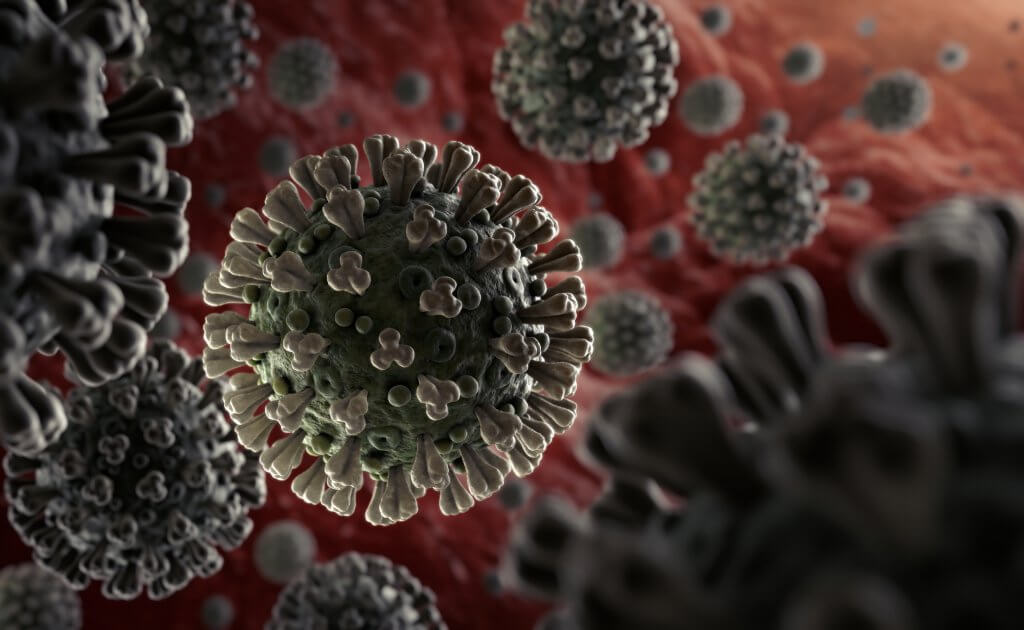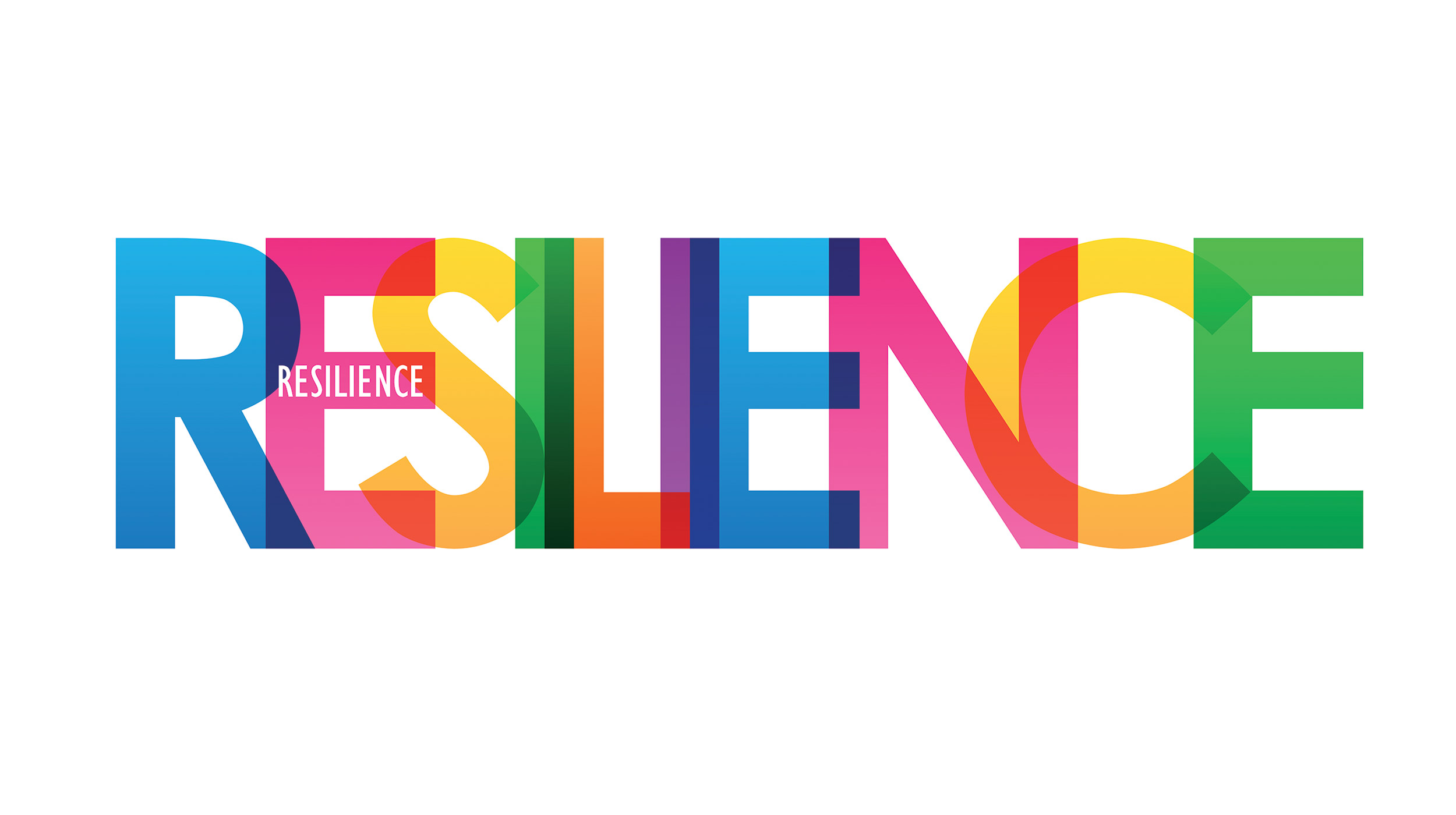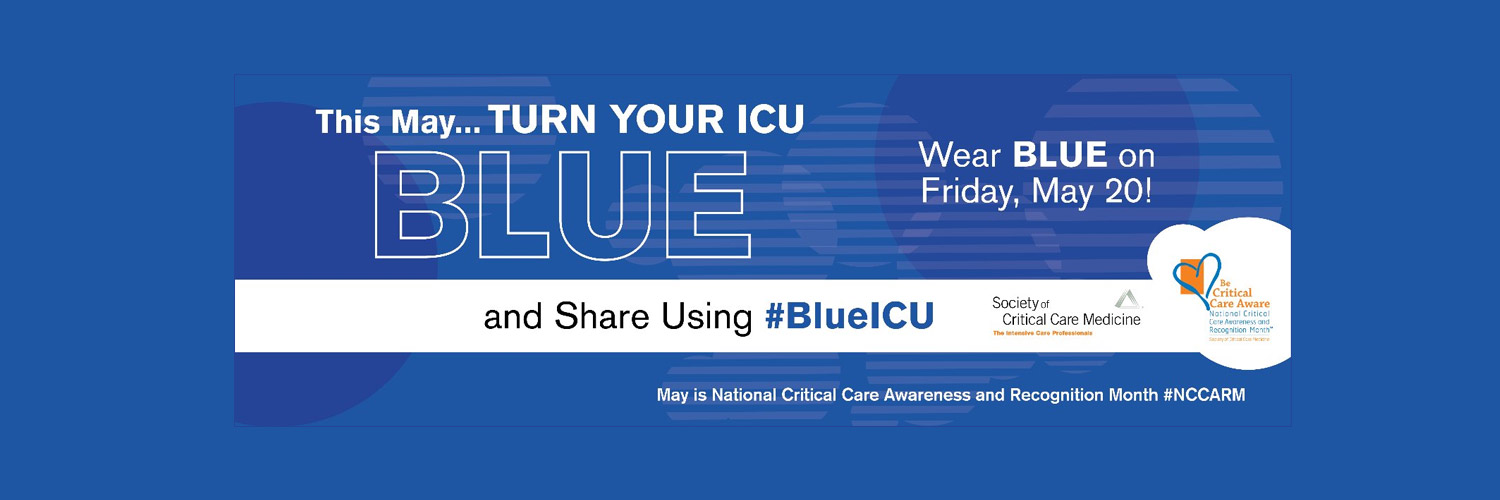
Guidance on how to perform medical procedures through the remainder of the global COVID-19 pandemic will likely evolve as researchers continue to learn more about the novel coronavirus.
“The Use of Bronchoscopy During the COVID-19 Pandemic," according to its authors, provides an “in-depth, multidimensional, and multidisciplinary review of the available scientific evidence” and makes suggestions for key clinical scenarios practitioners are likely to face in treating the disease. The report is a collaborative effort of the American College of Chest Physicians (CHEST) and the American Association for Bronchology and Interventional Pulmonology.
“In such a kinetic milieu, these can be expected to evolve based on an expanding evidence base, the public health burden of disease, and the availability of trained personnel or medical infrastructure,” they write.
Aerosol-generating procedures such as bronchoscopy create a risk of airborne transmission of the coronavirus. That puts healthcare workers at a considerable risk for exposure and infection. The guideline aims to examine the current evidence on bronchoscopy’s role during the COVID-19 pandemic and the best ways to protect patients and healthcare workers. Bronchoscopy should be used sparingly at this time. When the procedure is necessary, however, healthcare workers should wear personal protective equipment, even when the patient is asymptomatic. Proper PPE includes an N95 or other high-level respirator, eye protection, gloves and gown, according to the Centers for Disease Control and Prevention.
“Under these trying circumstances, the medical community has three overarching imperatives,” the report says. “The first is to ensure the protection and welfare of all patients, irrespective of their COVID-19 status. The second is to preserve the healthcare workforce to sustainably meet the first responsibility, and finally, the third is to promote the health of the community at large.”
The demand thrust upon human and material resources by the coronavirus pandemic “necessitates thoughtful and deliberate balancing of the tradeoffs that may be required” to meet the responsibilities of the health-care system. Cancer patients, for example, require a bronchoscopy in a timely manner. In that case, the report recommends considering the availability of PPE, ventilators and ICU beds. Each is needed for the procedure and have been overwhelmed by COVID-19.
“In particularly resource-depleted hospitals, COVID-19 negative cancer patients should be referred to other centers, preserving resources for COVID-19 patients and facilitating safe, timely, and effective care for the cancer patient as well,” it reads.
In March, an AABIP statement recommended the use of a single-use bronchoscope when the procedure is warranted.
The study lists six consensus recommendations, including first obtaining a nasopharyngeal specimen in patients suspected of having COVID-19 infection. The authors also recommend performing endotracheal aspirate or bronchoscopy with bronchoalveolar lavage (BAL) if additional lower respiratory specimens are needed to establish a COVID-19 diagnosis or a diagnosis that will change a patient’s clinical management.


